In the 2022-2023 school year, the country is short of 118,253 teachers. The Ministry of Education and Training recommends increasing teachers' income.
According to a recent report by the Ministryof Education and Training, in the 2022-2023 school year, the country is short of 118,253 teachers, with the shortage being most pronounced at preschool level.
Notably, compared to the previous school year, the number of teachers lacking increased by 11,308 people (7,887 in preschool; 169 in primary school; 1,207 in middle school, 2,045 in high school).
The structure of the teaching staff is unbalanced between subjects at the same level and between regions. The shortage of teachers in new subjects such as English, IT, fine arts, music , etc. is slow to be resolved.
The Ministry of Education and Training stated that one of the reasons for the increase in teacher shortage compared to demand is the mechanical increase in the number of students at all levels. Specifically, preschool level increased by 132,245 children compared to the previous school year (requiring 5,500 more teachers). At the primary level, due to the increase in the rate of 2-session classes/day by 4.6%, there were 10,811 more 2-session classes/day and about 3,000 more teachers were needed. High school level increased by 669 classes compared to the previous school year and needed 1,500 more teachers. In addition, in the 2022-2023 school year, more than 19,300 public teachers retired and quit (10,094 retired, 9,295 quit).
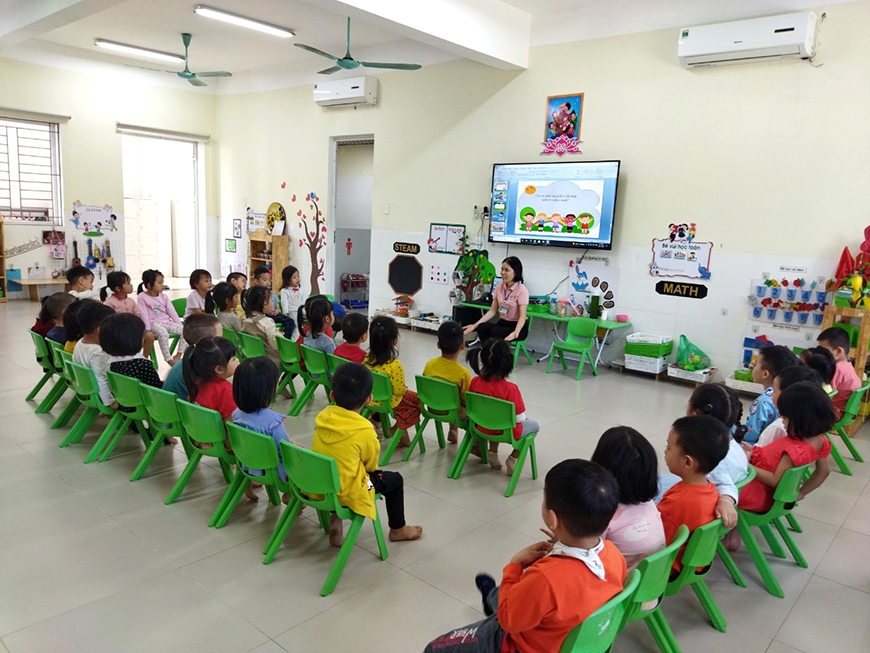 |
The shortage of teachers is most pronounced at the preschool level. In the 2022-2023 school year, preschools will lack 7,887 teachers. |
The Ministry also said that the subjective cause of the serious teacher shortage is that the planning and forecasting of teacher demand is not close enough to reality. The labor shift between regions is large and irregular. The 2018 general education program requires primary schools to organize teaching 2 sessions/day, add some compulsory subjects, add local education lessons, experience activities, and career guidance.
In addition, teacher recruitment in localities is still inadequate and untimely due to lack of recruitment sources (according to training qualification standards in the 2019 Education Law); there is no mechanism to attract and retain teachers in the profession when teachers' salaries are generally low, especially for newly recruited teachers.
Besides, the implementation of the policy of streamlining 10% of the staff in administrative and public service agencies in many localities, which is carried out mechanically and not based on the specific nature of the education sector, also has an impact on increasing the shortage of teachers.
In addition to the shortage of teachers, according to statistics from the Ministry of Education and Training, the country has nearly 606,210 public preschool and primary school classrooms. Of these, 85% are solid classrooms. However, there is still a shortage of subject classrooms, the shortage being greatest at the primary level.
Minimum teaching equipment to meet teaching needs is still low, the national average only meets 54.3%. Specifically, preschool meets 47.9%, primary school 56.1%, middle school 54.3%, high school 58.9%.
From the 2022-2023 school year, computer science and foreign languages are two compulsory subjects from grade 3 according to the 2018 General Education Program. However, the number of computers in computer science classrooms is only at the basic level, low configuration, limited in installing new software to meet teaching requirements. The number of specialized equipment for foreign language classrooms is limited, mainly only handheld, single devices for teachers to teach.
Recently, in order to contribute to solving the difficulty of teacher shortage and supporting educational institutions with sufficient conditions to implement the Preschool and General Education Programs according to regulations, the Ministry of Education and Training has advised the Government to promulgate, amend and supplement mechanisms for recruiting labor contracts.
In addition, the Ministry also proactively organized a review and survey of the implementation of the working regime for general teachers, the current status of policies for managers, teachers, staff, and workers in public preschools to propose specific policies to improve the material and spiritual life, creating motivation for teachers to work with peace of mind. In the coming time, the Ministry of Education and Training affirmed that it will continue to propose and work with ministries and branches on increasing preferential allowances, finding ways to increase teachers' income, finding ways to strengthen facilities, and improving teachers' working conditions.
Regarding this issue, in his speech at the conference summarizing the 2022-2023 school year and deploying the new 2023-2024 school year, Prime Minister Pham Minh Chinh also requested to develop, amend and supplement appropriate policies and remuneration regimes for teachers; have financial solutions to support teachers in remote and isolated areas, preschool teachers; upgrade and supplement facilities and teaching equipment to ensure effectiveness, suitable to the requirements of the practical situation. One of the 6 tasks suggested by the Prime Minister and required to be implemented in the new school year must be to have solutions to overcome the shortage of teachers and schools in remote, isolated, border and island areas.
News and photos: LINH AN
* Please visit the Science Education section to see related news and articles.
Source


![[Photo] General Secretary To Lam meets with the Group of Young National Assembly Deputies](https://vphoto.vietnam.vn/thumb/1200x675/vietnam/resource/IMAGE/2025/6/24/618b5c3b8c92431686f2217f61dbf4f6)
![[Photo] Close-up of modernized Thu Thiem, connecting new life with District 1](https://vphoto.vietnam.vn/thumb/1200x675/vietnam/resource/IMAGE/2025/6/24/d360fb27c6924b0087bf4f288c24b2f2)




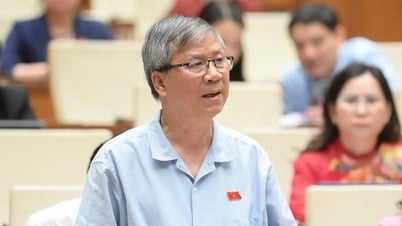



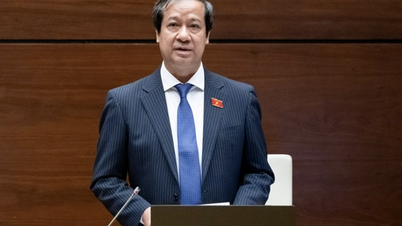


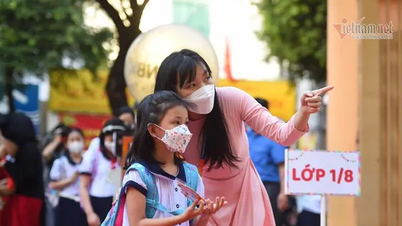

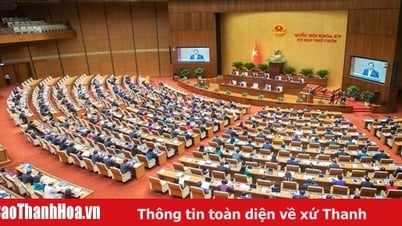



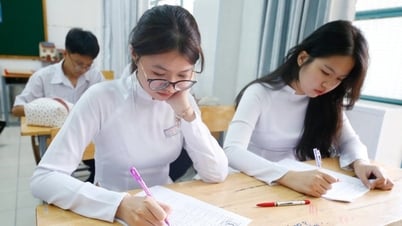




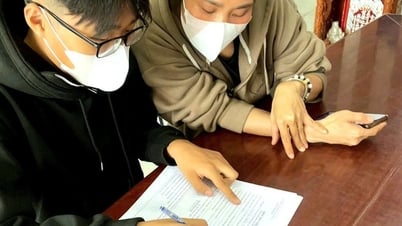





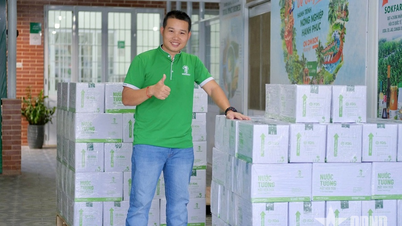
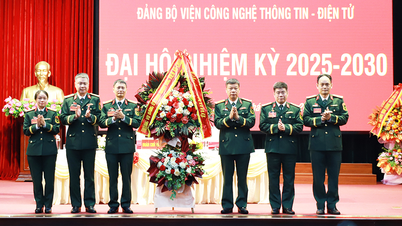

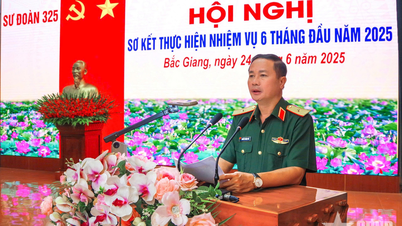

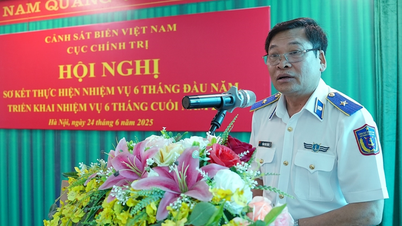































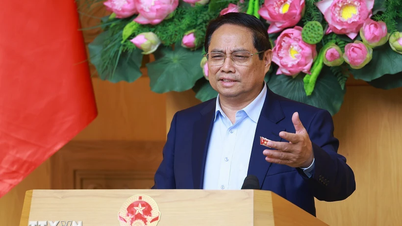






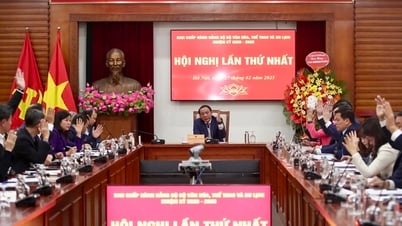

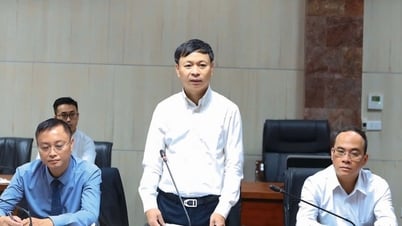





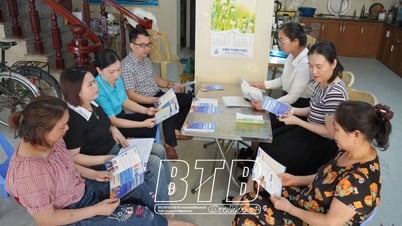




















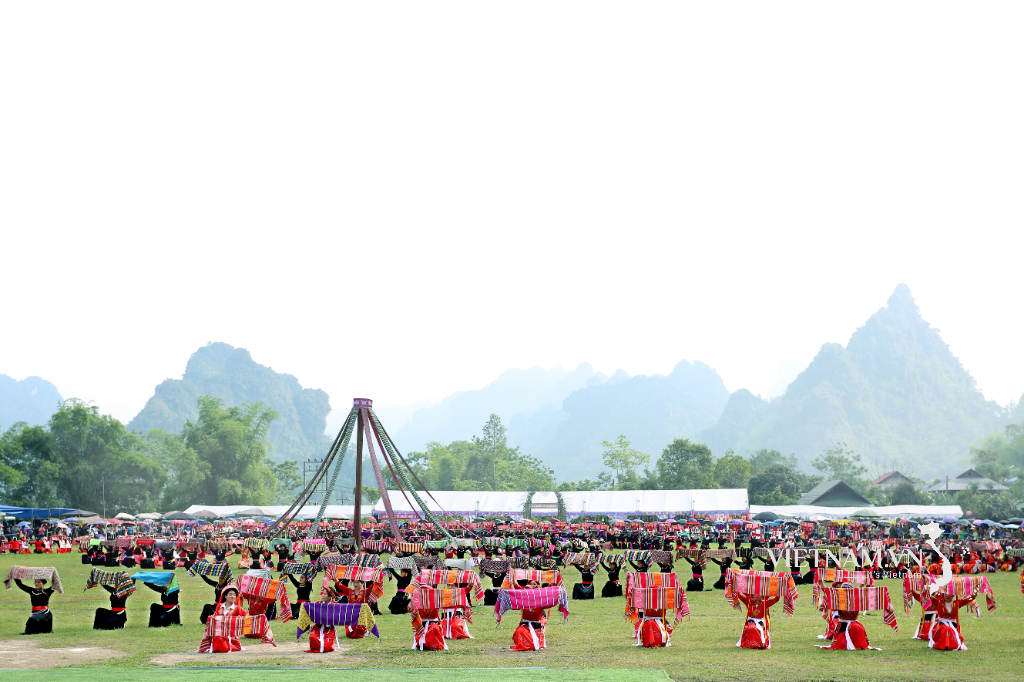



Comment (0)